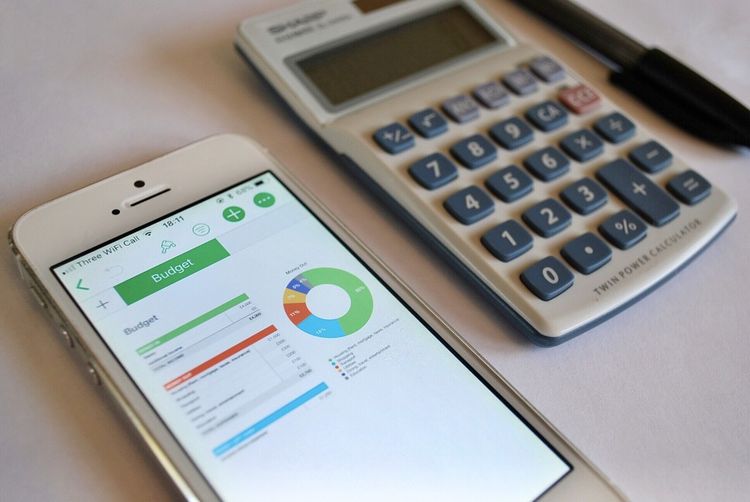What’s A Good Debt-To-Income Ratio To Strive For?
Debt-to-income ratio. You’ve probably heard the term somewhere along the way. Especially if you’ve ever been rejected for a loan application. But what exactly is debt-to-income ratio, or DTI, and why is it so important? And how can you improve yours if it’s less than impressive, if not downright costly?

DTI Defined
Lenders use a DTI ratio to determine whether they believe you can financially manage taking on additional debt. A lower DTI ratio serves as an indicator that you have sufficient income to balance your debt payments. A high DTI percentage can be seen as a red flag that you might have too much debt on your plate, given your income.
With a lower DTI ratio, you can expect faster approval and better interest rates in terms of credit card applications, lines of credit, and loans in general. If your ratio is on the high side, lenders might hesitate to lend you money because you may not be in a position to make payments on an additional debt.
Factors That Influence Your DTI Ratio
When analyzing your DTI ratio, lenders look at two sets of ratios: the front-end of your debt and the back-end. Front-end ratios, also known as housing ratios, refer to what percentage of your monthly income goes towards housing expenses such as a monthly mortgage payment, homeowners insurance, property taxes, and the like. Back-end ratios deal with your various other monthly debts, which can include everything from child support and alimony to student loans and credit card bills.

Calculating Your DTI
Calculating your DTI requires taking a look at all of your monthly debt statements and adding up everything you regularly make monthly payments on, such as loans, credit cards, and other monthly financial obligations. The number you arrive at is your total monthly debt payments. Take the debt payment total and divide that figure by your gross monthly income to determine your DTI percentage.

DTI Ratio And Applying For A Mortgage
According to the Consumer Protection Finance Bureau (CPFB),the ideal DTI ratio when it comes to qualifying for a mortgage is 36%. In some instances, lenders might approve a loan if you have a DTI ratio of up to 43%; a higher percentage than that would make it difficult for you to secure a loan. To put yourself in the best position for loan approval, the CPFB recommends that your mortgage debt doesn’t account for more than 28% to 35% of your income.
DTI And Credit Card Applications
In addition to a mortgage application, your DTI will be taken into consideration when you apply for a credit card, a personal loan, or a personal loan of credit. Lowering your DTI can help ensure that you can access loans when you need them and that you’re in the best position to secure the best interest rate.
If you calculate your DTI ratio and find that it’s high, consider taking some steps to improve your DTI standing and put yourself in a stronger financial position. Take a look at how you can consolidate any debts, increase your income, develop a working budget, and avoid assuming any additional debt.
